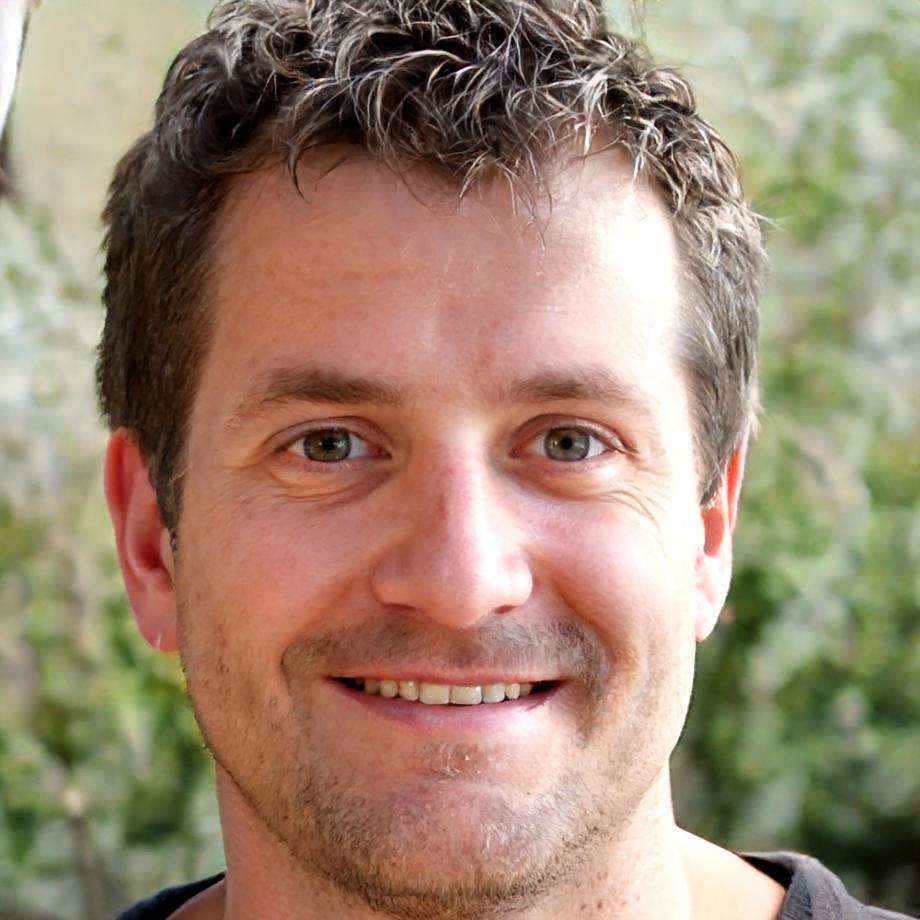Financial Modeling Through Real-World Practice
Build practical skills that matter in actual business environments
Our program focuses on teaching financial modeling the way it's actually used—not just textbook formulas. You'll work through case studies from real companies, learn to make judgment calls with incomplete data, and understand how models fit into broader business decisions. Programs start in September 2025 and run for 11 months.
Ask About September IntakeLearning That Reflects How Finance Actually Works
Most financial modeling courses teach perfect scenarios. We don't. Because in real finance roles, you're rarely handed clean data and clear instructions.
Our program mirrors what you'll face in actual finance positions. You'll build models from messy spreadsheets, make assumptions when information is missing, and present findings to people who don't care about your formulas—they just want answers.
We teach Excel shortcuts, sure. But more importantly, we teach you to think like an analyst: when to simplify, when to dig deeper, and how to communicate findings to non-technical stakeholders. That's the stuff that separates useful analysts from people who just know functions.

What Guides Our Program Design
We built this program around principles that reflect how people actually learn complex analytical skills—not how education is traditionally delivered.
Context Over Formulas
Anyone can memorize NPV calculations. We teach you when to use them—and when they're the wrong tool. Every technique comes with business context that explains why it matters.
Peer Learning Priority
Finance isn't a solo activity. You'll work in small groups because explaining your model to someone else is how you find the holes in your logic. Plus, you'll see different approaches to the same problem.
Progressive Complexity
We start with straightforward models and gradually add complications—changing assumptions, integrating new data sources, accounting for uncertainty. By month eight, you're handling scenarios that would've seemed impossible in month one.
Feedback That Improves Work
You'll get specific critiques on your models from instructors who've done this professionally. Not just "good job" comments—actual notes on where your assumptions break down or how to make your presentation clearer.
Industry-Connected Content
Case studies come from real companies (anonymized where needed). Guest analysts share current challenges they're working through. You'll learn tools and approaches that are relevant right now, not five years ago.
Honest Skill Assessment
We track your progress through practical assignments, not multiple choice tests. You'll know exactly which areas you've mastered and where you still need work—no surprises about your capabilities.
Results From People Who've Completed This
What happens when people go through our program and then use these skills in actual jobs

Career Movement
Desmond finished the 2024 intake and moved from accounts payable to a junior analyst role within six months. He says the case studies were the most useful part—having examples to reference in interviews made a big difference.
Practical Application
About 70% of graduates report using specific modeling techniques from the program in their first year post-completion. The DCF and scenario analysis modules get mentioned most often as immediately applicable.
Industry Recognition
Australian Finance Association members reviewed our curriculum in late 2024 and validated our approach as aligned with current industry practice. That matters when employers are evaluating your training background.
How The Program Actually Works
We know most people have jobs while learning. The program structure reflects that reality—you can fit this around your current schedule.
Evening Sessions
Live instruction happens Tuesday and Thursday evenings, 7-9pm AEST. Sessions are recorded if you can't make it live, but participating in discussions is valuable—that's where learning actually happens.
- Two evening sessions per week
- All sessions recorded for later viewing
- Interactive breakout exercises
- Q&A with working analysts
Self-Paced Work
Between sessions, expect 6-8 hours weekly on assignments and model building. You control when this happens—some people work on weekends, others spread it across weekday mornings or lunch breaks.
- Flexible assignment completion times
- Access to all materials 24/7
- Practice datasets for skill building
- Optional advanced challenges
Project Work
Months 7-11 focus on an extended project where you build a complete financial model for a real business scenario. This becomes your main portfolio piece and gives you something concrete to discuss in interviews.
- Choose from five industry scenarios
- One-on-one instructor guidance
- Peer review sessions
- Professional presentation development
Personalized Adjustments
If you're already strong in certain areas—maybe you've done accounting or have Excel experience—we can adjust your path. No point making you sit through basics you already know.
- Initial skills assessment
- Module substitution options
- Advanced track availability
- Tailored project complexity

Getting Help When You're Stuck
Finance modeling can be frustrating when your model breaks and you can't figure out why. We've set up several ways to get unstuck quickly.
Rutger and the other instructors hold office hours three times per week. You can drop in with specific questions about assignments or get feedback on work in progress. Most questions get resolved in 15-20 minutes once someone can look at your actual spreadsheet.
- Three weekly instructor office hours with screen sharing
- Group chat where peers often answer questions faster than instructors
- Assignment extension requests handled case-by-case (life happens)
- Additional support for participants with accessibility needs